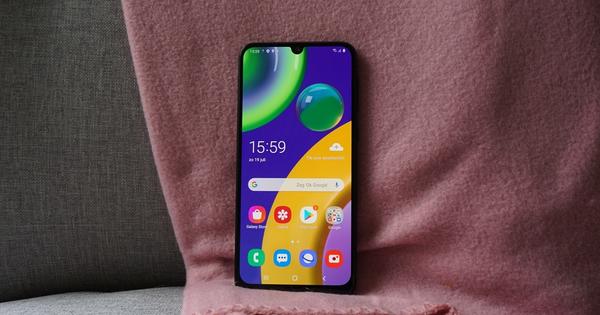The last step in building a home network is mounting the network connections in the wall. We show you how to do that with or without special tools.
When installing a home network, you lay network cables with a solid core to all rooms where you want a network connection. You mount the cables with wall sockets. These are available as a built-in variant that fits in a flush-mounted box or as a surface-mounted variant that you screw onto the wall. You can get a complete wall socket from about six euros. You can also choose to work with cover frames and central plates that are the same as the rest of your switch material. You then need an interior that is compatible with the switch material. Also read: 20 tips for an optimal home network.
Tool-less keystones
The easiest way to make a network connection is by using keystones. These are blocks with a network connection that you attach to the network cable. You then place the keystones in a special interior. A big advantage of keystones is that there are tool-less keystone modules that do not require an LSA punch-down tool. Note that there are also keystones for which you do need this tool!
LSA inserts
In addition to inserts based on keystone modules, there are also many wall sockets or inserts that use LSA strips for connecting the network cable. For this you need an LSA punch-down tool to attach the wires of the network cable(s) to the interior. LSA connectors contain a blade that cuts through the plastic sheath of the network cable cores, creating contact between the copper wires and the network connection.
Assembling tool-less keystone modules
Assembling a wall socket with tool-free keystone modules is not difficult. In our photos, the interior is on the table, normally the network cables come out of your wall and you mount the interior in your wall. Make sure you use the T568B standard, usually you will see two color coding at the connections and then choose B. When the connections are numbered 1 to 8, you can use the T568B scheme (see below) .
Assembling the interior with LSA strips
To finish a socket with LSA strips you need an LSA punch-down tool. In our photos, the interior is on the table, normally the network cables come out of your wall and you mount the interior in your wall. Make sure you use the T568B standard, usually you will see two color coding at the connections and then choose B. When the connections are numbered 1 to 8, you can use the T568B scheme (see below) .
Wire connection order
When connecting the keystone module or LSA strips, always use the T568B or B connection order. Usually there is a color coding for B that shows which conductor should be connected to which connection. If your keystone module or LSA connection only contains numbers, use this diagram.

